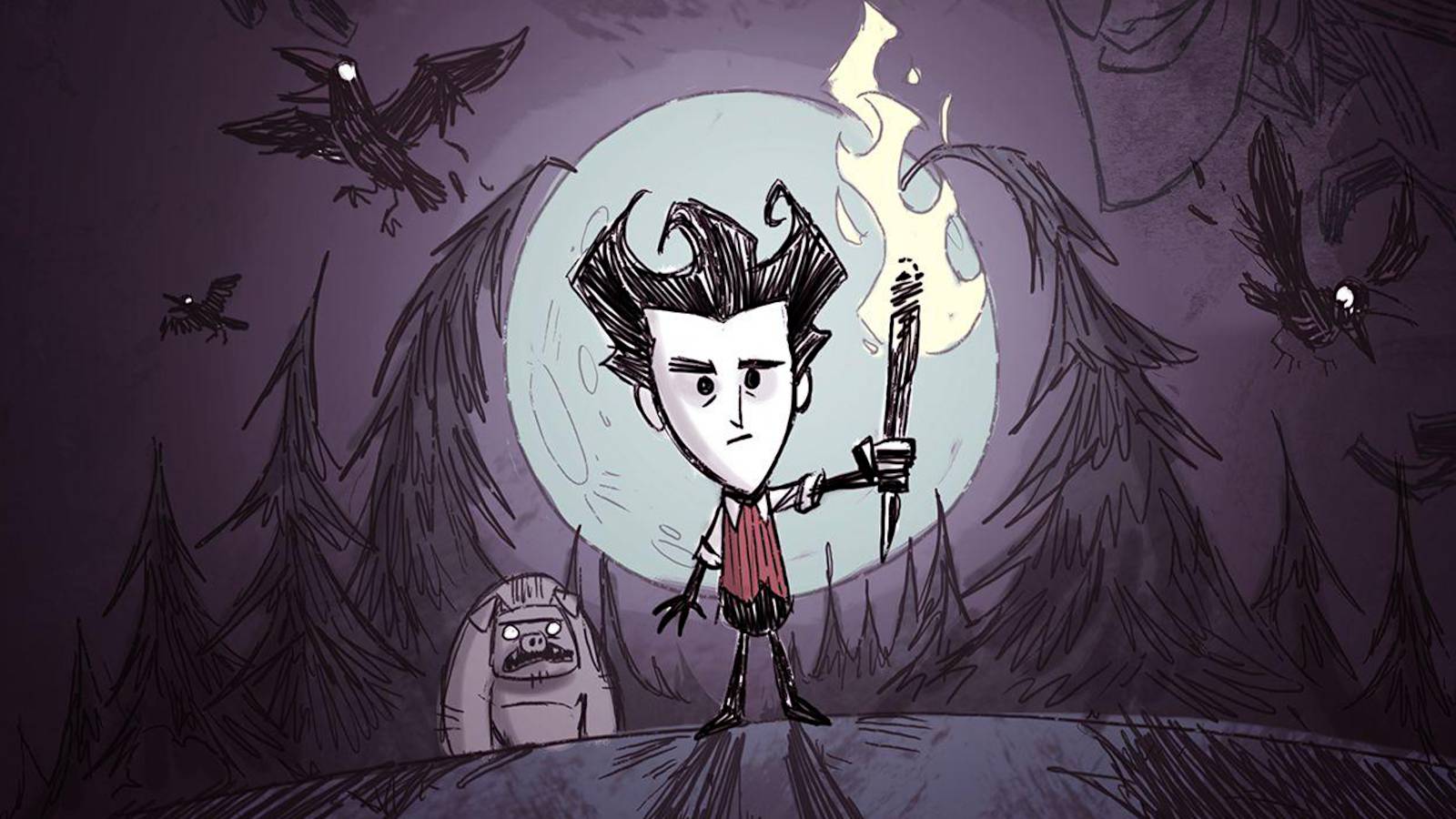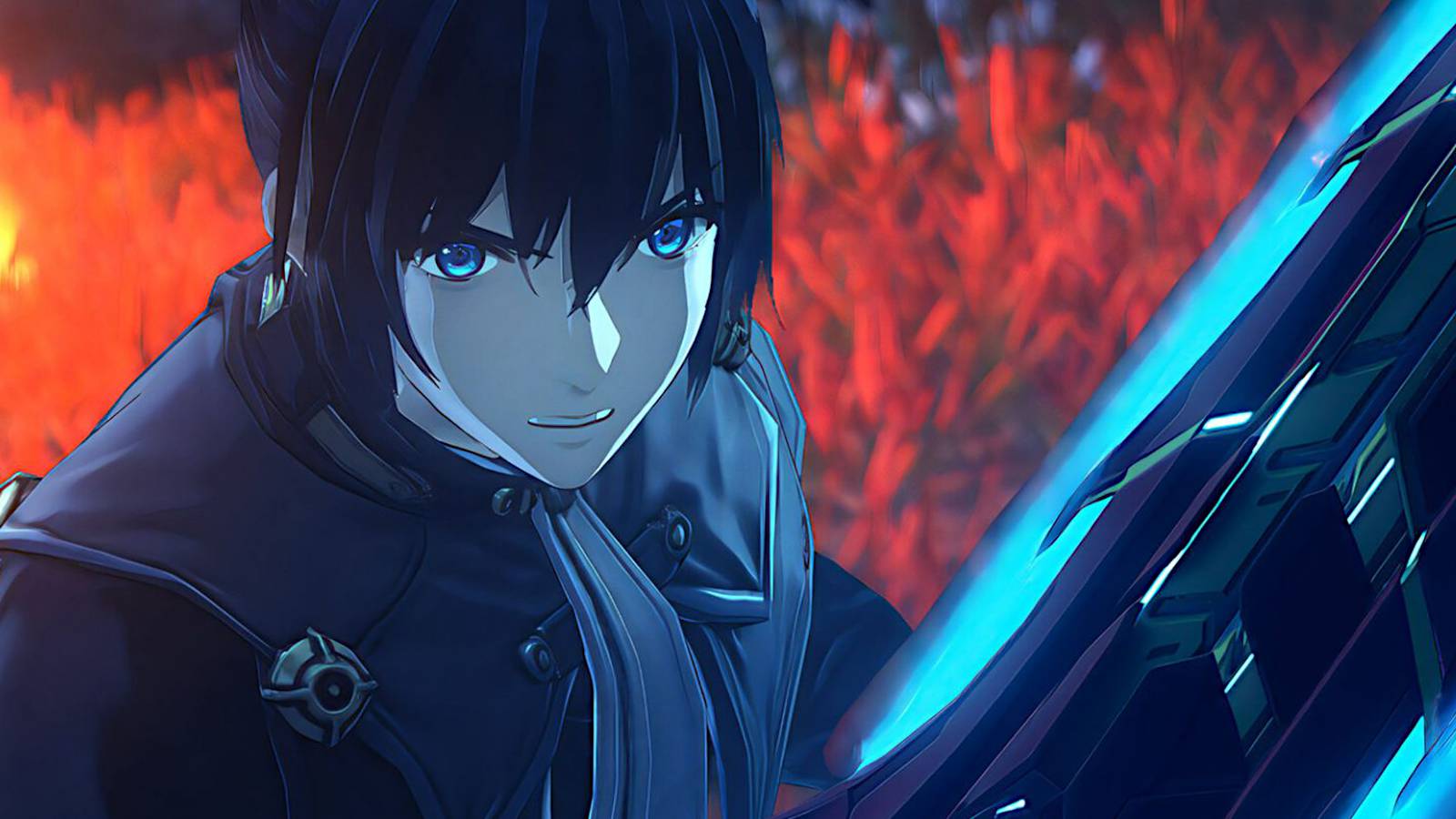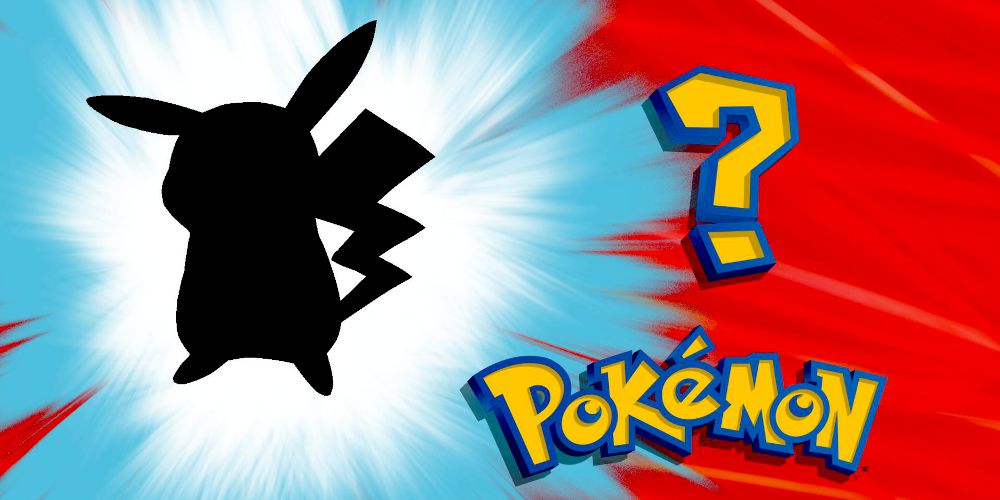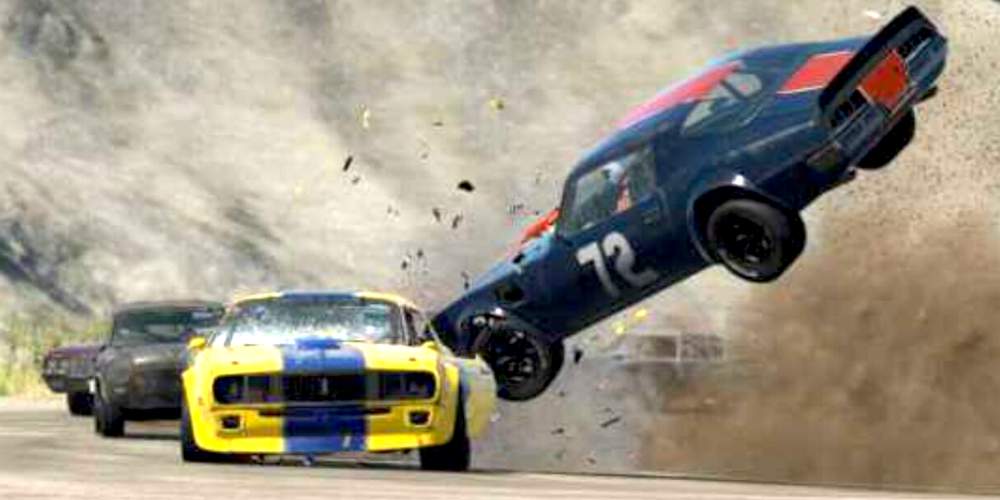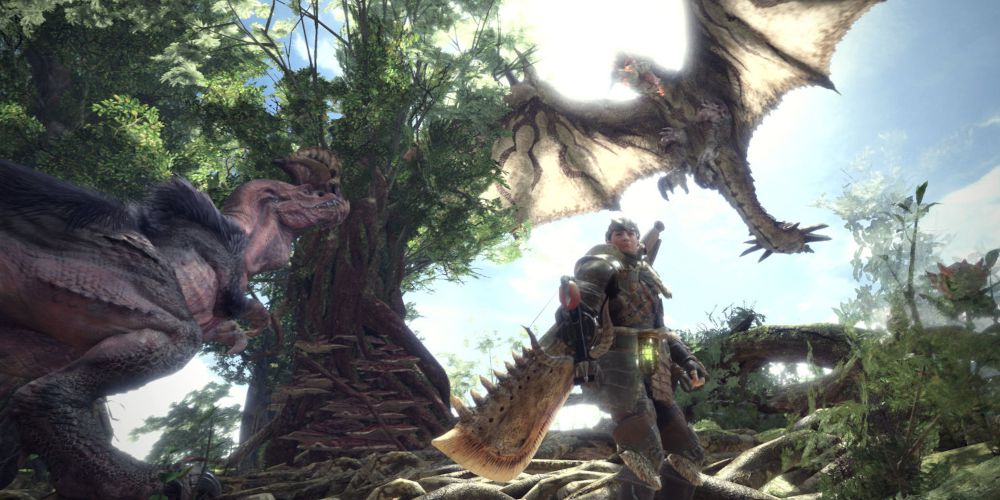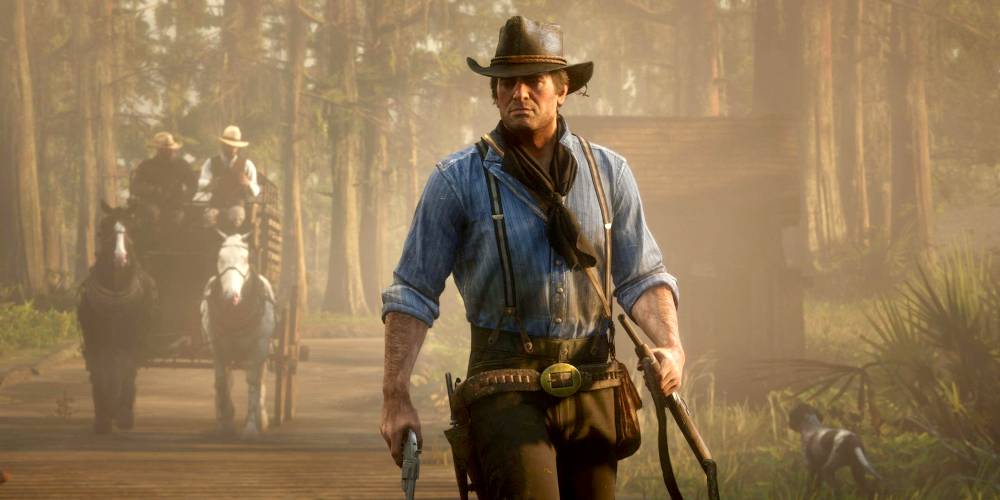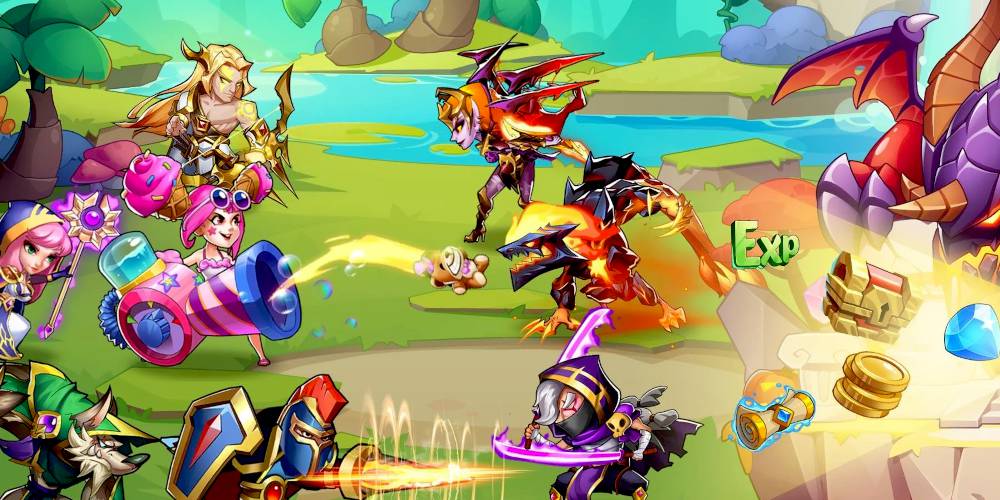A Short History of Arcades
Arcades started popping up as early as the late 70s. The trend started with popular games likeGalaxianandSpace Invadersand later incorporated instant classics such asCentipedeandPac-Manin the early 80s.
Arcade games quickly caught on among gamers, as they were more advanced than consoles (like Atari’sHome Pong) and offered better visuals.
By the time the 80s came around, the golden era of arcade games was already underway. Thousands of arcades were sprinkled around North America, Europe, and Asia—even liquor stores, restaurants, and gas stations tried to get in on the action by adding arcade games.
During the golden era, game developers like Namco, Sega, Atari, Nintendo, and Capcom started using vector displays, rather than raster displays, for clearer graphics. As time passed, developers brought a variety of game genres to the table, leading to the birth of shooters, racing games, fighting games, and more.
Every game introduced something new to the scene, making each one an exciting and fresh experience. This novelty caused thousands of adults, teenagers, and kids to flock to arcades to get their hands on the latest addicting arcade game.
Related:Failed Gaming Consoles That Were Actually Really Cool
The Introduction of Gaming Consoles
People loved arcade games so much that they wanted to take them home. As a result, developers made the wise decision to capitalize off of this need. The introduction of consoles lead to the rapid decline of arcades.
It took years to port an arcade game to a console in the 80s, and developers didn’t have the technology to create an accurate rendition. Things changed in the 90s when developers were finally able to create an exact replica of arcade games for consoles.
Once Nintendo ported games likePunch-Out!!andBubble Bobbleto the NES, people didn’t have to go to arcades anymore. As the sales of video games and consoles increased, more arcades began to close.
Is There a Future for Arcades?
Thearcade scene in Japanis still alive and well, but the Western world has a severe shortage—we’re left with a shadow of what arcades used to be.
Dave & Buster’s and Round One arcade chains have popped up all over North America in an attempt to revive the arcade industry. You’ll still find a genuine arcade sprinkled here and there, but they’re rare.
Arcades like Dave & Buster’s have established a new generation of arcades that involve gaming and social drinking. More bars are incorporating arcade games into their venue, hoping to attract the nostalgic gamer. The trend of combining of bars and arcade games only continues to grow.
Will this new type of arcade last, or will it disappear just as quickly as its classic predecessor? The young people who didn’t get the chance to experience a real arcade during the 80s, 90s, and early 2000s might not be interested in classic arcades at all. What’s even more concerning is that these neo-arcades cater specifically to adults. How can kids get involved?
Classic Novelty Outshines New Games
In order to keep arcades in business, we have to go back to the basics. The younger generation is mesmerized by the high-end graphics and bright lights that come along with modern arcade games. When we see classic games likeTetrisorDonkey Kongcompletely remastered, it’s hard to remember the simplicity that came along with the originals.
When no one appreciates the art and authenticity of an old arcade game, nobody will play them. Original arcade games should be a novelty for kids and adults alike—why go to Dave & Buster’s when you can play games of the same caliber at home?
In the end, you just can’t beat the simplicity of retro games. Hopefully, people will realize the advantages of playing retro games and will start favoring authentic arcades over chains.
Read next:Why I Prefer Retro Games Over New & Modern Games



![]()



